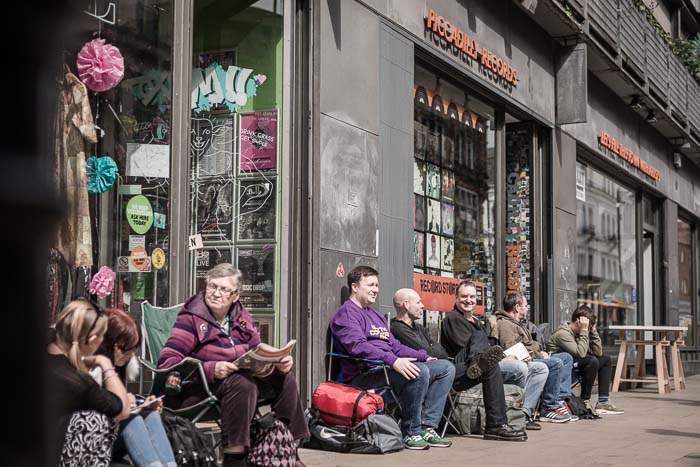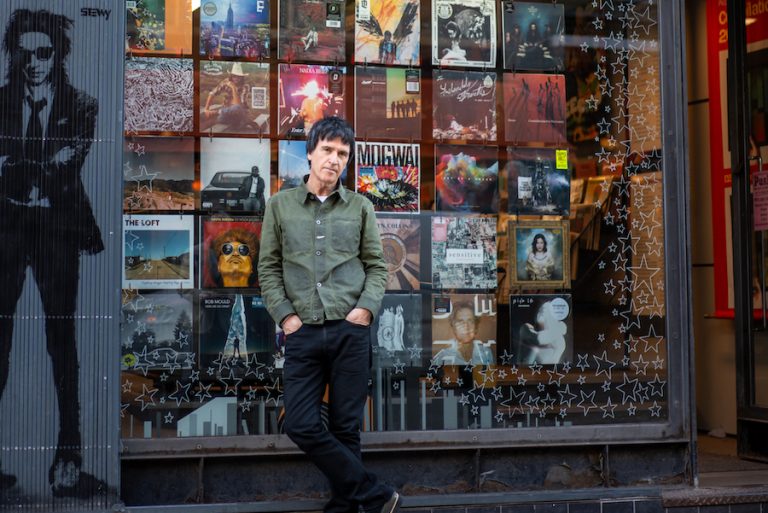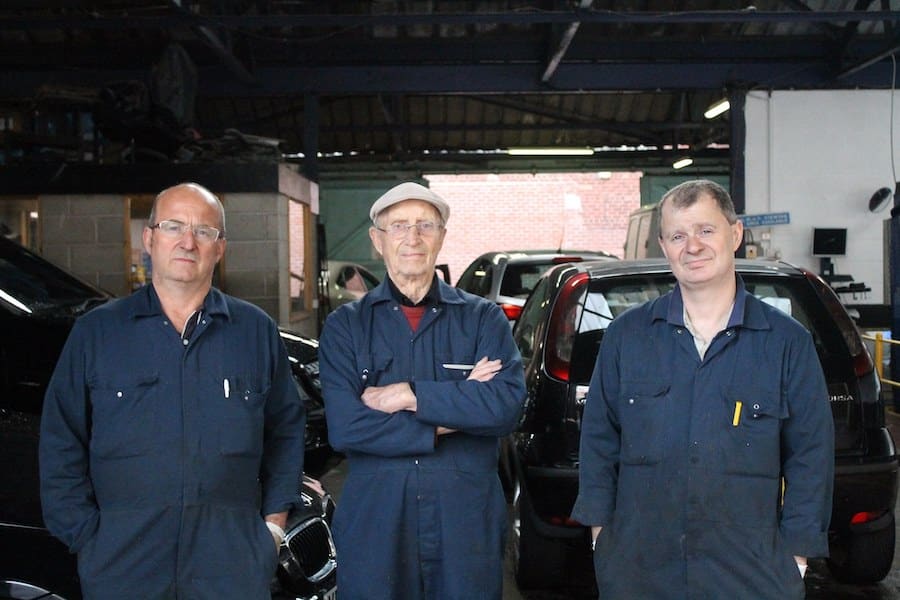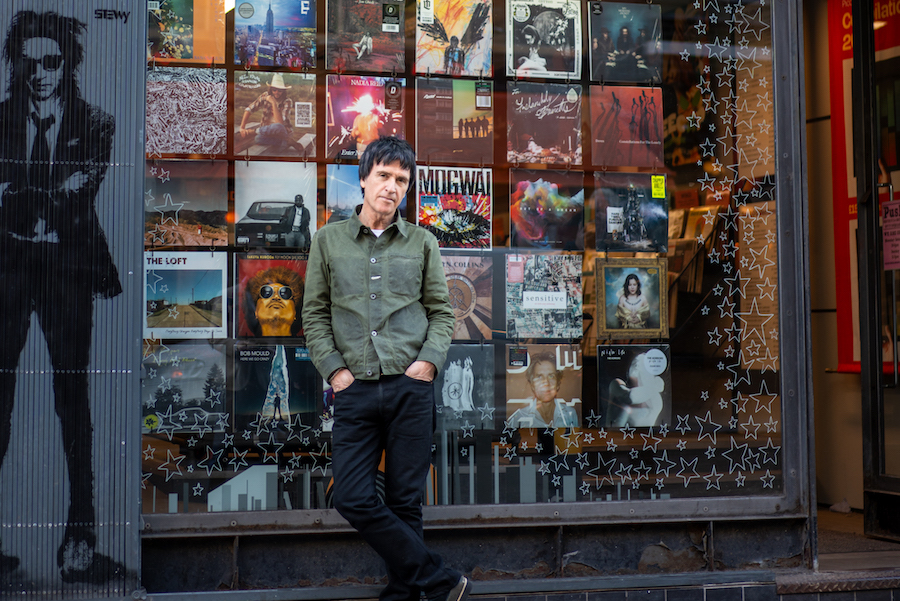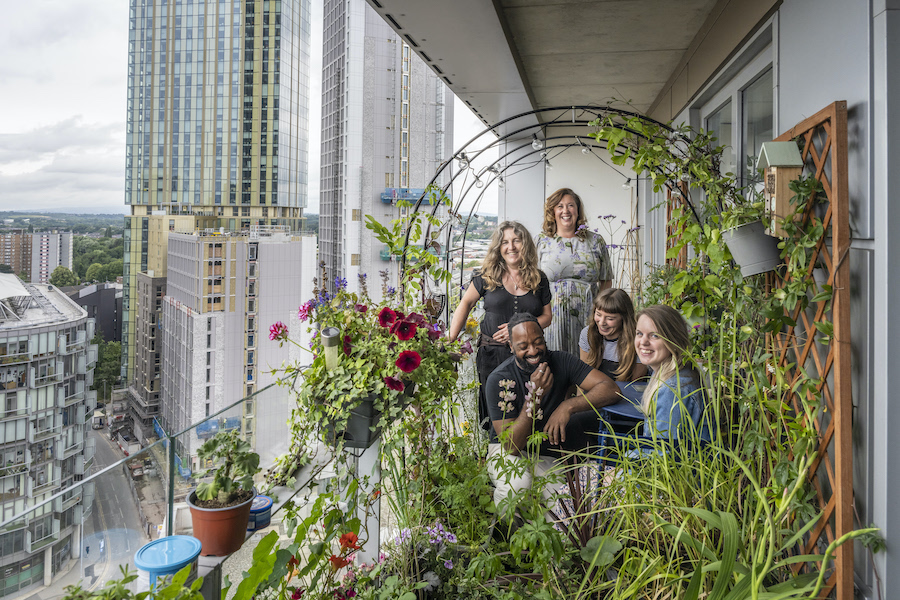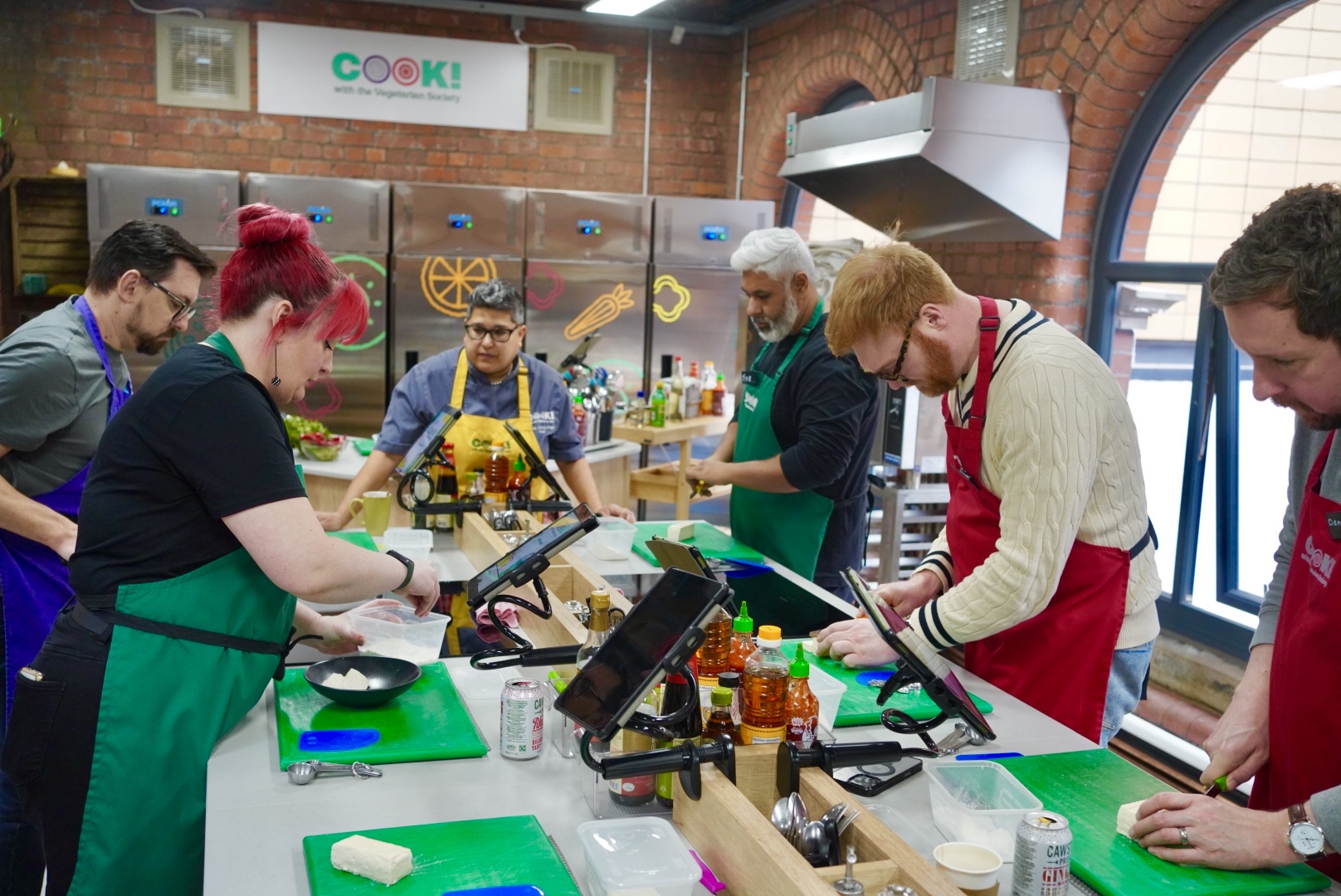One of Manchester’s most iconic pubs celebrates its 150th birthday
- Written by Ray King
- Last updated 7 years ago
- City of Manchester
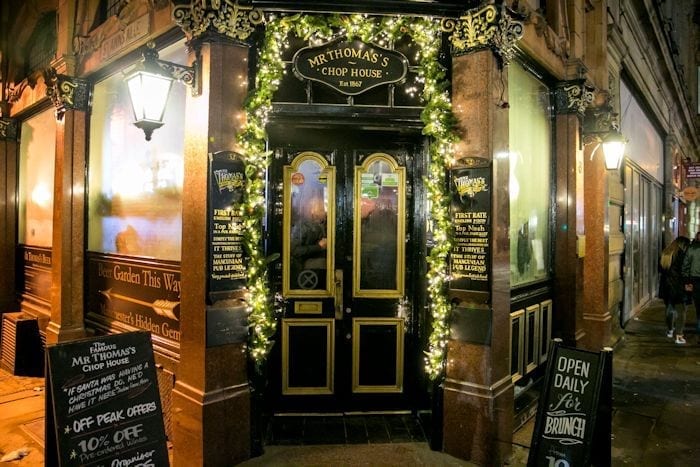
A place once described by the New York Times as “probably Manchester’s most venerable pub” is 150 years old this year.
Mr Thomas’s Chop House, the iconic Grade II listed tavern in Cross Street and backing on to St Ann’s churchyard, was first opened as a public house and restaurant by Thomas Studd in 1867. The landlord from the opening day until his death in 1881, he gave his name to the chop house – as did his brother Samuel James Studd when he opened Sam’s Chop House in 1872.
Mr Thomas’s owes its tall, narrow shape to the fact that it occupied a Georgian town house and its location was at the very heart of a burgeoning city leading the world with its astounding record of pioneering industrial and commercial innovation.
The view from the front door was of the impressive classical colonnade fronting the old Manchester Town Hall on the corner of Cross Street and King Street. It now stands by the boating lake in Heaton Park.
At the back still stands Grade 1 listed St Ann’s Church, consecrated in 1712. The north-east corner of the church tower – yards from Mr Thomas’s present day beer garden – is the point from which all milestones and distances from Manchester are officially measured. You can’t enjoy a pint closer to the epicentre of a city than that.
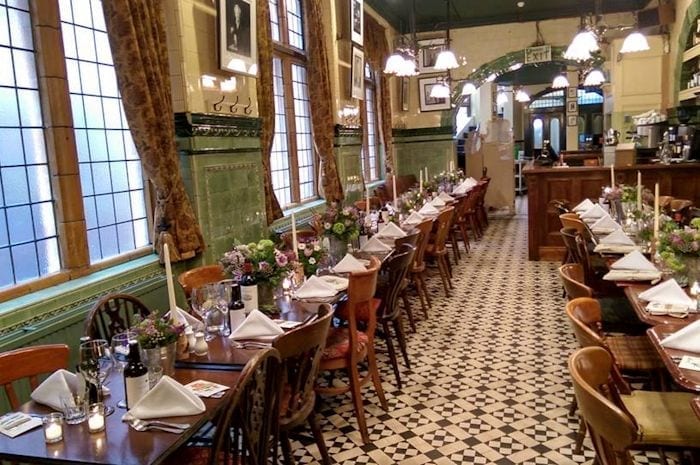
Across the road was the original Cross Street Chapel, the hugely influential Unitarian church whose congregation gave Manchester the city’s first six Lord Mayors and the country 12 members of Parliament. In 1867 the incumbent was the Rev William Gaskell whose wife Elizabeth became one of the greatest novelists of her era.
And in the Royal Exchange, just along Cross Street, the businessmen who made Cottonopolis the nation’s industrial powerhouse plied their trade, repairing to Mr Thomas’s for hearty plates of traditionally cooked meats and chops on the bone, washed down with fine wines and well-kept local beers. Not much change there then.
When Thomas Studd died, he was succeeded as licensee by his widow, then his daughter until 1900 when the pub was closed for a year, rebuilt and clad in its current distinctive terracotta facade by James Binney, whose family trust still owns the building, and builder, publican and wine merchant Frank Willoughby.
Willoughby was the licensee for ten years until 1912, running Willoughby’s Wine and Spirit Merchants from the premises for 30 more years. The firm continues today as part of the J W Lees brewery business which supplies local cask beers to Mr Thomas’s to this day.
When I first visited Mr Thomas’s in the 1970s, it was in the middle of a long decline, having been eclipsed by Sam’s Chop House, artist L S Lowry’s favourite watering hole, in Back Pool Fold, as the preferred venue for long “business” lunches.
It wasn’t until Steve Pilling and his team – Mark Whyte, Stuart Norman and Steve Percival – took over in 1995 that Tom’s fortunes were dramatically turned round.
“There was no magic about what we did,” said Steve, who went on to open Damson and mastermind the Dockyard Pubs and the Gasworks in First Street. “The food was very important – and we were quite good at it – and we got the service right.
The key breakthrough – literally – came when Steve and the team broke though the blocked-off second archway from the bar and “discovered” what is now the dining area that had been unused for decades. It was like entering Tutankhamun’s tomb.
“The floor was covered with stuck-down carpet tiles and the wall tiles were painted over,” said Steve. “We all got kitted out and scraped the paint off the walls and on our knees to restore the floor with toothbrushes.”
They revealed a room resplendent in late Victorian emerald glazes times and an ornate geometric black and white tiled floor. Later still, the back entrance was opened leading to St Ann’s churchyard and the beer garden.
The award-winning formula was repeated to rescue Sam’s Chophouse – by then a mere shadow of its former self – when Steve and former advertising executive Roger Ward went into partnership and formed the Victorian Chophouse Company.
- This article was last updated 7 years ago.
- It was first published on 7 August 2017 and is subject to be updated from time to time. Please refresh or return to see the latest version.
Did we miss something? Let us know: press@ilovemanchester.com
Want to be the first to receive all the latest news stories, what’s on and events from the heart of Manchester? Sign up here.
Manchester is a successful city, but many people suffer. I Love Manchester helps raise awareness and funds to help improve the lives and prospects of people across Greater Manchester – and we can’t do it without your help. So please support us with what you can so we can continue to spread the love. Thank you in advance!
An email you’ll love. Subscribe to our newsletter to get the latest news stories delivered direct to your inbox.
Got a story worth sharing?
What’s the story? We are all ears when it comes to positive news and inspiring stories. You can send story ideas to press@ilovemanchester.com
While we can’t guarantee to publish everything, we will always consider any enquiry or idea that promotes:
- Independent new openings
- Human interest
- Not-for-profit organisations
- Community Interest Companies (CiCs) and projects
- Charities and charitable initiatives
- Affordability and offers saving people over 20%
For anything else, don’t hesitate to get in touch with us about advertorials (from £350+VAT) and advertising opportunities: advertise@ilovemanchester.com
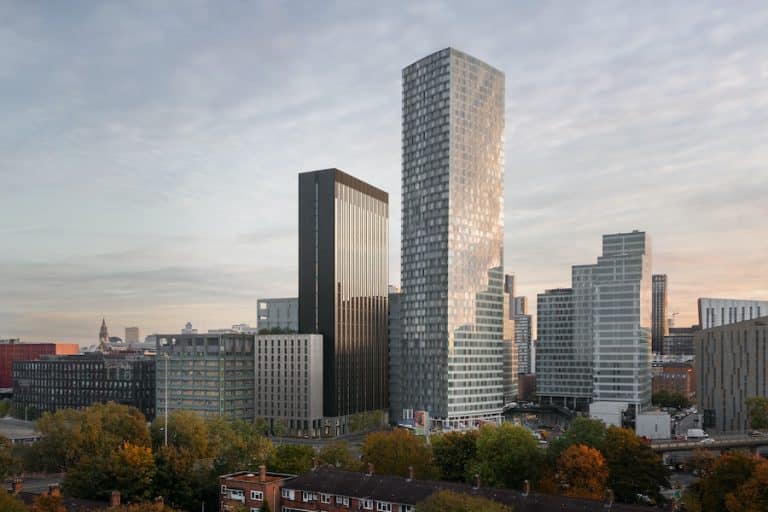

The Manc aerobics queen who trained the Corrie cast is helping raise charity cash
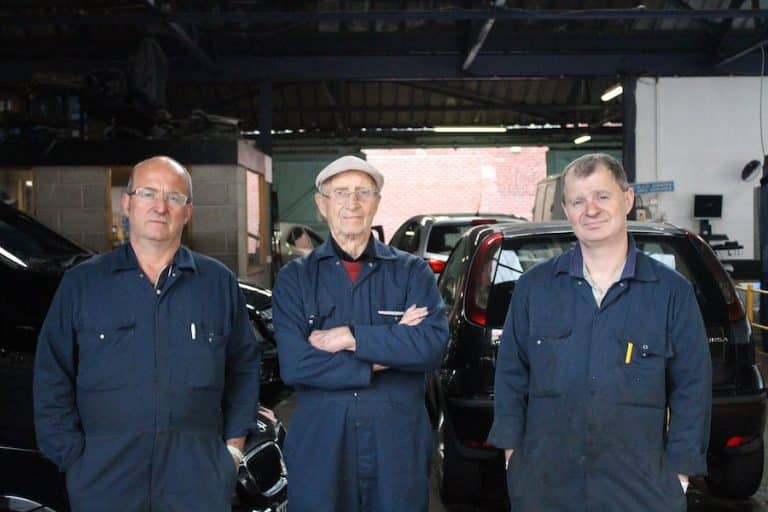
Ancoats to get even cooler as independent market set for MOT garage site
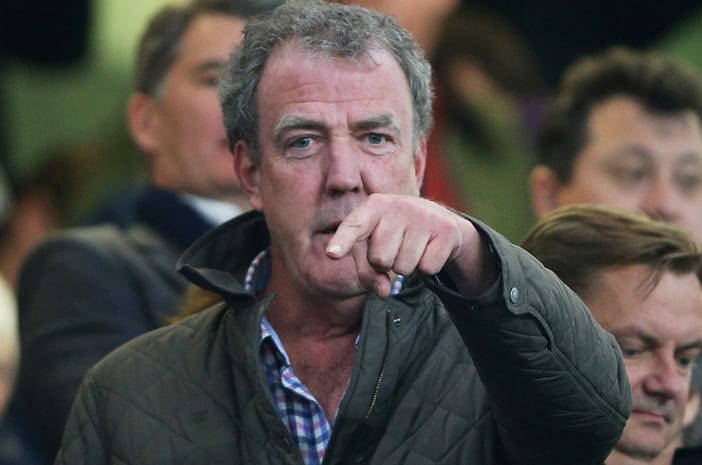
“Manchester is not Britain’s second city, it’s the first” – Jeremy Clarkson
